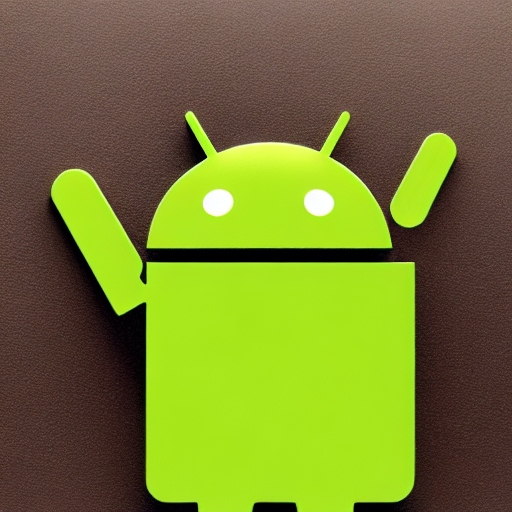Mobile Payment Technology: A Glimpse into the Future
Do you still fumble in your pocket for paper cash or even coins when you have to pay for something? Then you lag behind progress severely. Today, asking “what is mobile payment?” would be quite unusual. With the ubiquitous distribution of personal electronic devices, digitalization is drastically changing numerous spheres, and payments are not an exception.
Globalization has turned electronic payments into a network of interconnected buyers, sellers, financial institutions, and other related parties. In turn, digitalization has transformed the methods with which consumers search and pay for merchandise and services, as well as the approaches to accepting, securing, and streamlining payments on the side of payment processors.
Day by day, mobile payment technology becomes more sophisticated, convenient, and enters more spheres of activity. We offer you a list of mobile innovations that are likely to affect the way of making payments in the years to come.
Wallets Gone Mobile
Nowadays purses have stopped being a thing of leather and broke loose from our pockets. Modern electronic wallets come in many kinds and forms. Their owners feel no worse for the change since they can promptly perform any financial operation and not worry about the risk of theft or loss.
Mastercard predicts that by the end of 2020 the total volume of mobile wallet payments will reach the astonishing figure of $500 billion. Compared to $75 billion five years ago, it spells an 80% annual surge, which clearly shows the pattern of the fastest growth.
The Reign of Mobile Apps
Making mobile payments requires first installing the respective app for your smartphone. Besides wallet functionality, mobile payment apps also store payment history, provide a connection to bank cards, and implement security features (such as user identification). Having such an app, you can pay for the goods and services with your smartphone. No need to take your credit card with you to a restaurant or input any personal information when paying online.
Payment Cards Growing Obsolete
This may sound strange since credit and debit cards are a rather recent development themselves. Having largely ousted paper money, these pieces of plastic are widely used all over the world with highly developed countries leading the van. For instance, more than two-thirds of American citizens have at least one credit card and over 15% possess five or more. Considering their ubiquity, it is hard to imagine that we may abandon using them completely.
While the physical cards are too convenient to eliminate them completely, many banks already propose virtual ones that are created in mere minutes and have the same level of functionality and convenience. Nevertheless, both kinds of cards can be connected to mobile wallets removing the need to carry them with you/write down the card data.
Anyway, sooner or later, mobile apps, cryptocurrencies, and peer-to-peer transactions will render bank cards obsolete. So these almighty plastic piggy banks will follow suit of the very things they have come to dethrone ‒ paper and metal money. Near field communication (NFC) technologies will see to it that this process is irrevocable.
A Drive for Security
The digitalization of payments has called forth unconventional security measures. Now it is not enough to have money in your bank account to be able to spend it. In the virtual world, you must prove your identity to have the money at your disposal. Thus, mobile wallet software must be equipped with enforced authentication procedures such as biometric verification and multi-factor authentication methods. Your smartphone may require both a pin code and biometric authentication to let you operate the mobile wallet.
Making a Point of Sale
Mobility permeates everything ‒ that is, not only payments themselves become mobile but their processing too. Hunting for clients and catering to their requirements, manufacturers and vendors are increasingly relying upon mobile points of sale (mPOS) to accept payments. These wireless gadgets combine functions of both cash registers and sale terminals, having a significant edge over either ‒ mPOS are portable devices.
It means that they can be used at any venue with no anchored checkout station, notably those where irregular sales are made: fairs, farmers’ markets, food trucks, garage sales, coffee carts, exhibitions, etc.
The flexibility of usage and the small size of mPOS have been recognized as significant assets by businesspeople throughout the world. The number of devices increases exponentially and is likely to hit the figure of 27.7 million by 2021 in the USA only. It is nine times more than in 2014, which reveals a definite sign of a shift towards a wireless economy, where you do not need a brick-and-mortar building to sell your goods.
Social Media Shopping
Currently, our world is the world of social media. They started to invade our life with the advent of the internet. With time, Instagram and Facebook turned into omnipotent sources and means of entertainment, information, and communication, all in one.
Naturally, businesses have come to realize the power of social media and try to leverage it to the maximum in order to promote their goods and services. Sensing where the future of mobile payments is, app manufacturers trim their sails to the wind of changes and streamline buying and payment procedures accordingly.
The integration of social media and mobile shopping carts made it ridiculously simple to shop on the internet. Now smartphone users do not have to leave their home page to find the product they need. Scrolling their newsfeed, they can buy something in just a few clicks through various mobile payment gateways with little hassle.
Conclusion
The list of trends that we have offered is in no way exhaustive. Experts augur the advent of swipe readers that will function side by side with mPOS, combining the latter technology for both online and offline purchases (click-and-brick model), and a greater spread of automated payments. Whatever trends are nascent in this domain, the general tendency is clear – mobile payment will call the shots.


